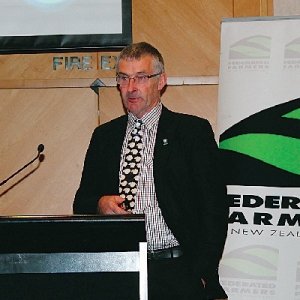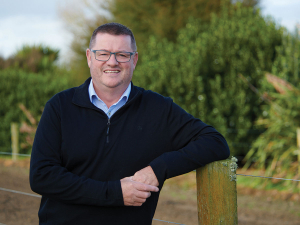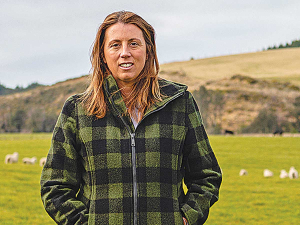A total of 12,000 wool growers were sent letters last week outlining the proposal and a prospectus will be released in September, director, Mark Shadbolt told the Federated Farmers Meat and Fibre conference.
“We don’t like the word capital raising in the wool industry, but it is important that as growers we finally get into our pockets and invest in own industry and have some form of ownership and influence in where our wool goes.”
This is “investing in our future and committing to a long-term strategy”, he said.
“If you think we are going to change the wool industry overnight, forget it. It hasn’t changed for 100 years; it is going to take an evolutionary shift of not only mentality but the method of how we take wool to the market.
“So the business case is for an evolutionary improvement in wool returns. We won’t shift the price – it is like a jagged saw tooth – and unless we change the way we relate with the market and stabilise prices, we will always experience those fluctuating prices.”
Since the highs of last year, the average grower had lost $40,000 or 10% of their income from softening wool prices.
Shadbolt said when Wools of New Zealand was taken over from PGW he and another trustee spent weeks talking to industry people. A key to their success will be industry engagement, he said.
“We have joint venture projects in place which will be talked about in the prospectus. They are something we have never had before and they will be commercial arrangements.”
Wools of NZ had just spent three months putting together a strategic plan, a business plan; the financials were being completed and the prospectus was in the pipeline, he said. He was limited in what he could say because of legalities about the prospectus.
The strategy was to work with all industry participants including moving wool direct to scour where possible.
“It’s not just about carpets, it’s about quality rugs, designer rugs, interior furnishings and bedding.”
He said this was different from any other proposition. “It is a similar model to merino which has been very, very successful. It is a strong wool marketing and sales company.”
Every grower would be given the opportunity to get involved, but they were prepared to start with a “very low threshold”.
“This industry has to change and we are committed to making it work. That is how merino started and it took 15 years. This is not a quick fix; the strategy is a five year strategy, that is a third of what it will take to get there.









